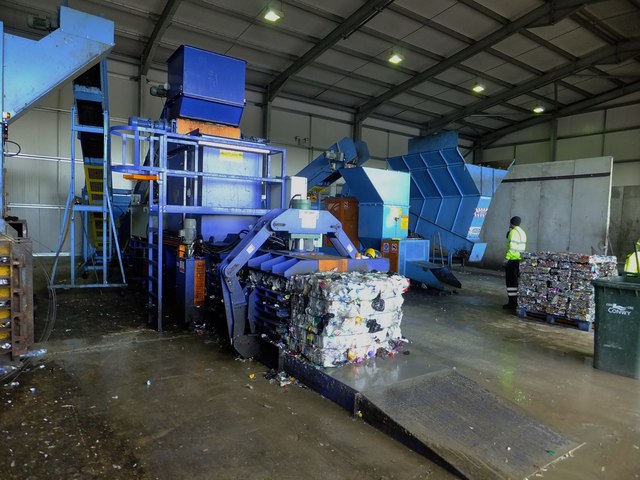What is Steel?
Steel is an amalgam of iron and carbon, and occasionally a few more components. Due to its high elasticity and ease, it is a significant segment utilized in structures, foundation, apparatuses, ships, trains, autos, machines, apparatuses, and weapons.
Iron is the base metal of steel. Iron can take on two crystalline structures (allotropic structures), body-centered cubic and face-centered cubic, contingent upon its temperature. In the body-focused cubic course of action, there is an iron iota in the inside and eight particles at the vertices of each cubic unit cell; in the face-focused cubic, there is one molecule at the focal point of every one of the six essences of the cubic unit cell and eight iotas at its vertices. It is the communication of the allotropes of iron with the alloying components, basically, carbon, that gives steel and cast iron their scope of novel properties.
In unadulterated iron, the crystal structure has moderately little protection from the iron particles slipping past each other, thus unadulterated iron is very pliable, or delicate and effectively shaped. In steel, modest quantities of carbon, different components, and incorporations inside the iron go about as solidifying specialists that anticipate the development of separations.
What are the Benefits of Recycling Steel?
According to research conducted by the US Environmental Protection Agency, recycling scrap metals can be quite beneficial to the environment. Using recycled scrap metal in place of virgin iron ore can yield:
- Almost 75% savings in energy.
- About 90% savings in raw materials used.
- Nearly 86% reduction in air pollution.
- Almost 40% reduction in water use.
- Nearly 76% reduction in water pollution.
- About 97% reduction in mining wastes.
Every ton of new steel made from scrap steel saves:
- About 1,115 kg of iron ore.
- Nearly 625 kg of coal.
- Almost 53 kg of limestone.
Energy savings from other metals include:
- Aluminum savings of nearly 95% energy.
- Copper savings of about 85% energy.
- Lead savings adding to 65% energy.
- Zinc savings accounting 60% energy
How is Steel Recycled?
The Steel industry has been actively recycling for more than 150 years, in large part because it is economically advantageous to do so. It is cheaper to recycle steel than to mine iron ore and manipulate it through the production process to form new steel. Steel does not lose any of its inherent physical properties during the recycling process and has drastically reduced energy and material requirements compared with refinement from iron ore. The energy saved by recycling reduces the annual energy consumption of the industry by about 75%, which is enough to power eighteen million homes for one year. According to the International Resource Panel’s Metal Stocks in Society report, the per capita stock of steel in use in Australia, Canada, the European Union EU15, Norway, Switzerland, Japan, New Zealand and the US combined is 7,085 kilograms (15,620 lb) (about 860 million people in 2005).
Basic Oxygen Steelmaking (BOS) uses 25–35% recycled steel to make new steel. BOS steel usually contains lower concentrations of residual elements such as copper, nickel, and molybdenum, and is, therefore, more malleable than Electric Arc Furnace (EAF) steel, and is often used to make automotive fenders, tin cans, industrial drums, or any product with a large degree of cold working. EAF steelmaking uses almost 100% recycled steel. This steel contains greater concentrations of residual elements that cannot be removed through the application of oxygen and lime. It is used to make structural beams, plates, reinforcing bars, and other products that require little cold working. Downcycling of steel by hard-to-separate impurities such as copper or tin can only be prevented by well-aimed scrap selection or dilution by pure steel. Recycling one metric ton (1,000 kilograms) of steel saves 1.1 metric tons of iron ore, 630 kilograms of coal, and 55 kilograms of limestone.
Types of scrap used in steelmaking:
- Heavy melting steel – Industrial or commercial scrap steel greater than 6 mm thick, such as plates, beams, columns, channels; may also include scrap machinery or implements or certain metal stampings
- Old car bodies – Vehicles with or without interiors and their original wheels
- Cast iron – Cast iron bathtubs, machinery, pipe, and engine blocks
- Pressing steel – Domestic scrap metal up to approx. 6 mm (0.24 in) thick. Examples – “White goods” (fridges, washing machines, etc.), roofing iron, water heaters, water tanks, and sheet metal offcuts
- Reinforcing bars or mesh – Used in the construction industry within concrete structures
- Turnings – Remains of drilling or shaping steels. Also known as “borings” or “swarf”
- Manganese steel – Non-magnetic, hardened steel used in the mining industry, cement mixers, rock crushers, and other high-impact and abrasive environments.
- Rails – Rail or tram tracks
What are the Hazards related to Recycling Steel?
Great risk exists in the scrap metal industry for mishaps in which a risky material present in scrap causes passing, damage, or ecological harm. A great model is a radioactivity in scrap; the Goiânia mishap and the Mayapuri radiological mishap were occurrences including radioactive materials. Dangerous materials, for example, asbestos, and harmful metals, for example, beryllium, cadmium, and mercury may present perils to the workforce, just as defiling materials proposed for metal smelters.
Many specific instruments utilized in scrapyards are dangerous, for example, the crocodile shear, which cuts metal utilizing water-powered power, compactors, and scrap metal shredders.
Kalpataru Piping Solutions Is An ISO 9001:2015 Certified Company And Has A Track Record Of Offering A Wide Range Of Piping Solution At Very Competitive Prices. In A Very Short Period Of Time, We Have Gained An Excellent National And International Reputation.

